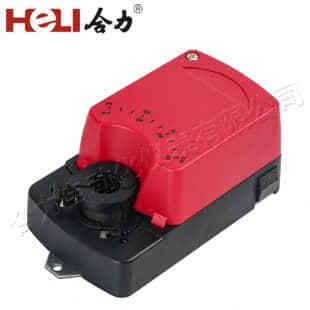A damper actuator is an essential component in the heating, ventilation, and air conditioning (HVAC) industry, as well as in various other mechanical systems. These devices are responsible for controlling the movement of dampers, which are valves or plates used to regulate the flow of air or other gases within ducts or pipelines. By precisely adjusting the damper’s position, actuators help in maintaining optimal airflow, pressure, and temperature control in various systems. This article explores the key aspects of damper actuators, including their function, types, and applications in modern engineering.

What is a Damper Actuator?

At its core, a damper actuator is a mechanical device that automatically adjusts the position of a damper in response to signals from a control system. These actuators can operate dampers in both residential and industrial environments, controlling airflow and ensuring the system operates efficiently. The actuator uses a motor to drive the damper and is often linked to sensors or control systems that manage airflow based on real-time conditions. In HVAC systems, dampers are used to regulate airflow between different zones of a building, directing the air to where it’s needed most. A damper actuator adjusts the damper’s position, ensuring the desired air circulation is maintained. Similarly, in other applications like industrial processes or power plants, dampers control the exhaust gases or ventilation within pipelines and combustion chambers, with the actuator providing the necessary movement.
